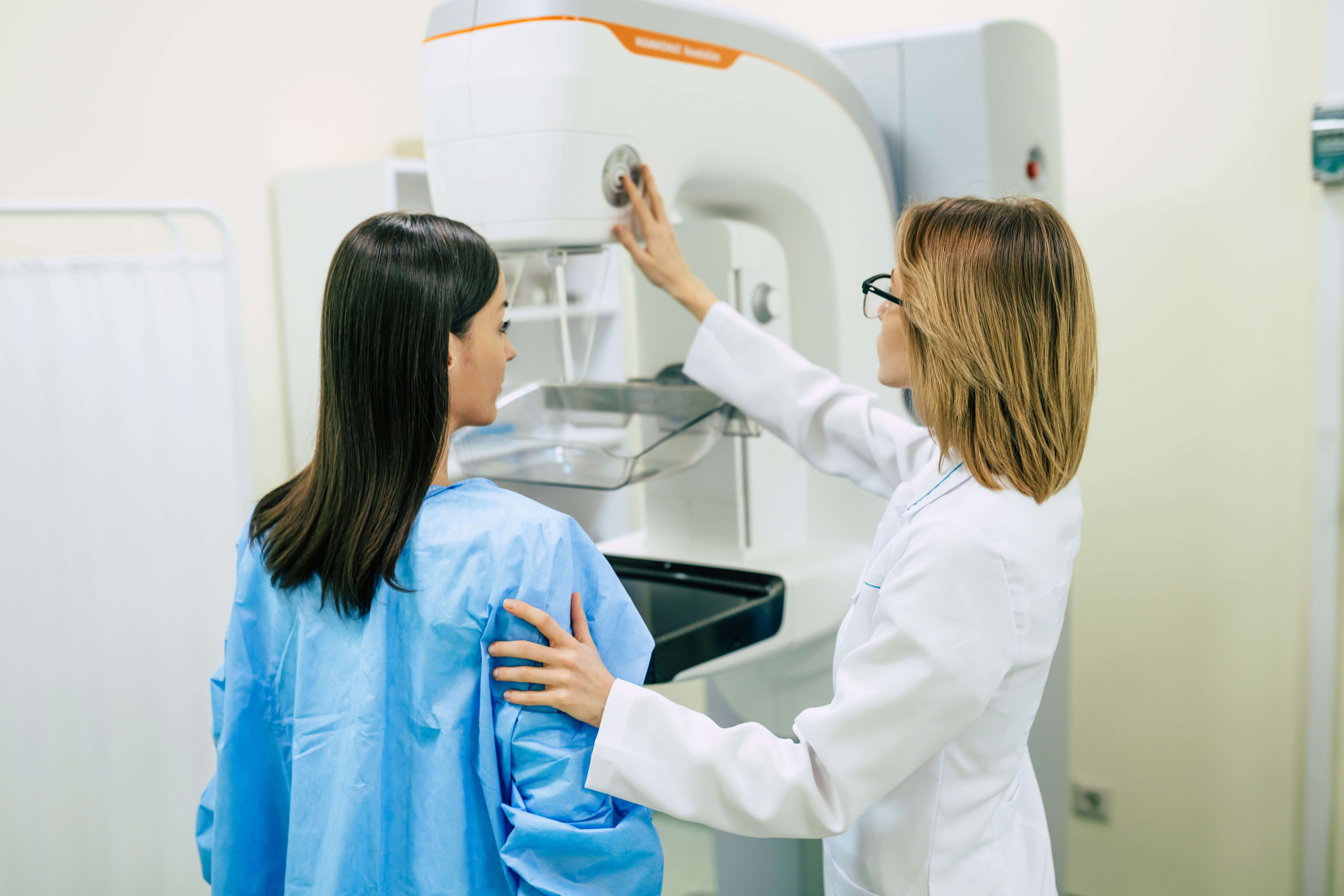This content is sponsored by MedStar Washington Hospital Center.
When treating joint pain, doctors often perform arthroscopy, a surgical procedure that gives a clear view of the joint, which helps in the diagnosis and treatment. During the procedure, the surgeon inserts an arthroscope – a small camera instrument about the size of a pencil – into the joint. The scope sends the image to a television monitor, allowing the surgeon to see a detailed image of the area.
Although the recovery from this procedure is much faster than recovery from traditional open knee surgery, the surgical technique is still evolving.
Nano arthroscopy is a minimally invasive technique that uses a camera on a smaller needle-like device, causing minimal pain. Dr. Evan Argintar, an orthopedic surgeon at MedStar Washington Hospital Center, part of the MedStar Orthopedic Institute, said he uses it diagnostically when treating patients.
“Oftentimes, if I have people with knee a pain and their exam correlates to a problem that MRI doesn’t really seem to confirm, I will look into a knee and diagnostically find problems that don’t seem to be visible on MRI.”
Dr. Argintar sees patients with injuries to the knee, shoulder, elbow and hip. He said the nanoscope better helps in deciding how to treat the issue.
“It absolutely helps me guide patients with shared decision making to often decide between several different types of surgeries or to clarify how I can do a surgery.”
Traditional arthroscopy can have a recovery time between six to eight weeks, but Dr. Argintar said the nanoscope could give doctors the ability to diagnose problems faster with little downtime.
“What’s unique about the nanoscope is that it’s so unpainful that you can do it with a very different type of anesthesia,” he said.
Because nano arthroscopy allows patients to be awake, Dr. Argintar also uses it as a tool to educate patients.
“Not only do I get information, but I get to show the patient information,” Dr. Argintar said. “Medicine is a bit of a complicated language, and sometimes seeing things can really help.
Dr. Argintar said being able to comprehend their issue can have positive impacts on patients.“If they have a better understanding and expectation about the problem, and the recovery, they’re more tolerant to whatever that recovery may be.”
He also highlighted how a quicker recovery can be impactful for a patient.
“If you can shave days, if not weeks off of recovery, it can be really significant to the person, to the employer, and overall to society,” Dr. Argintar said. “Getting people back to work, to sports, to whatever their pursuit could be much faster, and without the side effects and the inconveniences and the extra costs.”
Nano arthroscopy is also beneficial for people who are unable to have MRIs.
“For example, there’s certain types of pacemakers, that would be the most common condition that prevents people from safely getting an MRI. Or, often, if you have metal around the knee,” Dr. Argintar said.
He expects the procedure to continue evolving.
“I think what will evolve is how we can not just diagnostically use it, but how we can use it for intervention to actually improve outcomes in more minimally invasive and even anesthesia-free ways.”
Read more about Dr. Argintar on the MedStar Health website.







